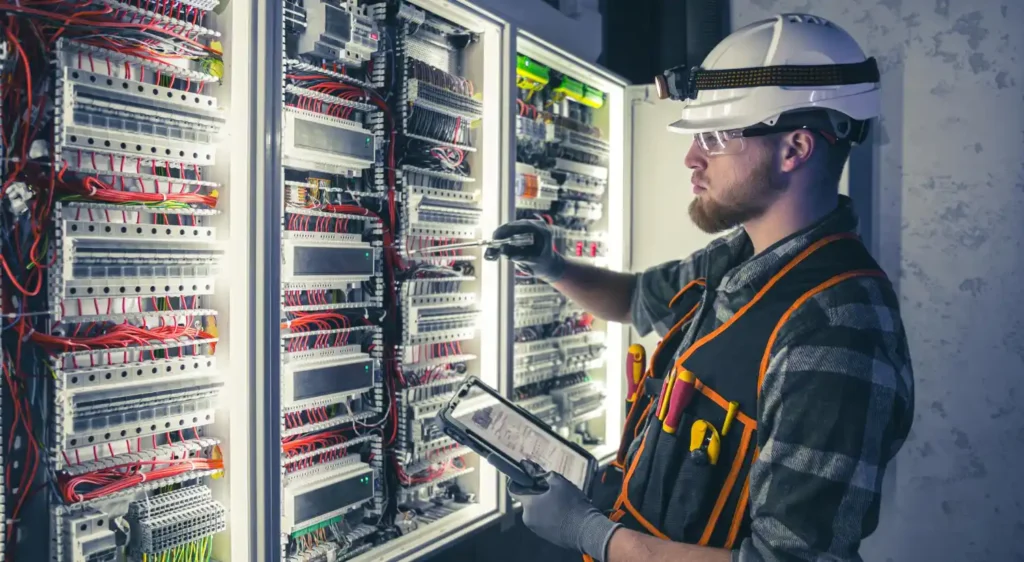As DNOs accelerate their transition to become distribution system operators (DSOs), the report concludes that utility companies should begin implementing distributed energy resource management systems (DERMS) immediately to save money and meet decarbonisation targets, while also continuing to meet the needs of their increasingly sophisticated and active customers.
The company’s experts identify that the policies and practices used by the transmission system operators (TSOs) to manage their networks cannot simply be copied across to the distribution grid.
The transmission networks are operated using well-established and accurate mathematical models and have monitoring systems in place, along with a high degree of redundancy, multiple layers of security and a common set of price signals to operate the market.
In contrast, distribution networks have a much larger number of connections and are not commonly monitored and controlled autonomously in real-time. The amount of electricity flowing into and out of the distribution system is now changing rapidly with DER often clustering in localised areas, causing issues for individual substations.
Smarter Grid Solutions’ white paper highlights the need for DERMS to help manage these increasingly complex systems.
The Glasgow-based software company is already working with four of the six distribution utilities in Great Britain and has connected more than 350MW of generation capacity to distribution grids.
Bob Currie, chief technology officer at Smarter Grid Solutions and the author of the white paper, said: “The number of electric vehicles, solar panels, batteries and other DER being connected to the grid is going to rocket from tens of thousands at present to millions within the next decade, so now is the right time to invest in the right systems.
“Utility companies need to implement DERMS because distribution networks aren’t the same as transmission networks.
“They’re more complex, they have less real-time monitoring and they have different challenges in different locations due to the clustering of DER.
“As DNOs transform into DSOs – offering a wide variety of services on top of looking after wires and substations – they need the right tools at their disposal to manage their grids, and technology such as DERMS is an essential part of that mix.”
To access a copy of this white paper, click here: https://www.smartergridsolutions.com/landing-pages/derms-whitepaper/

